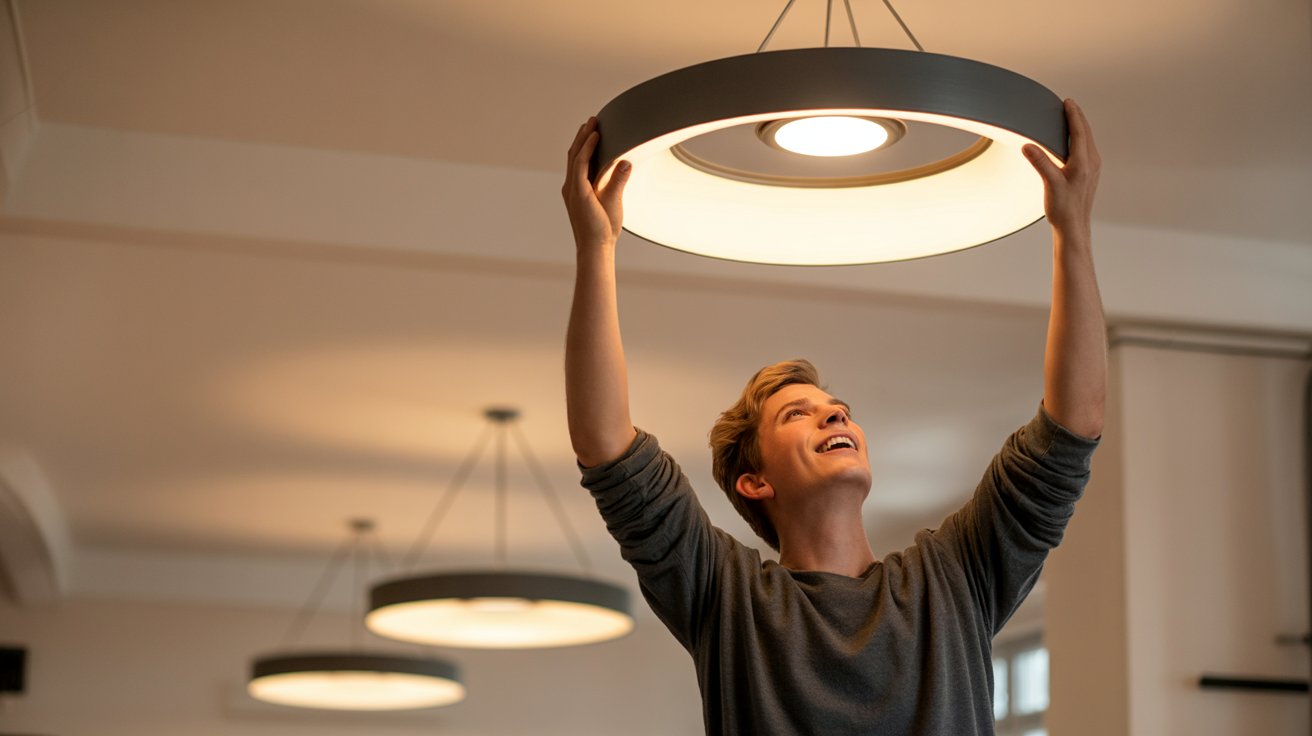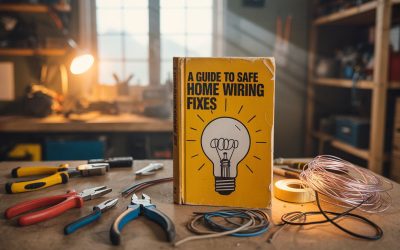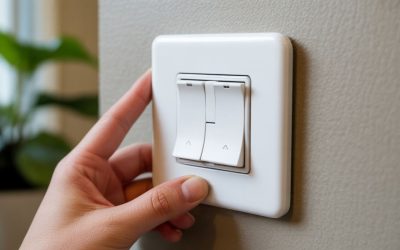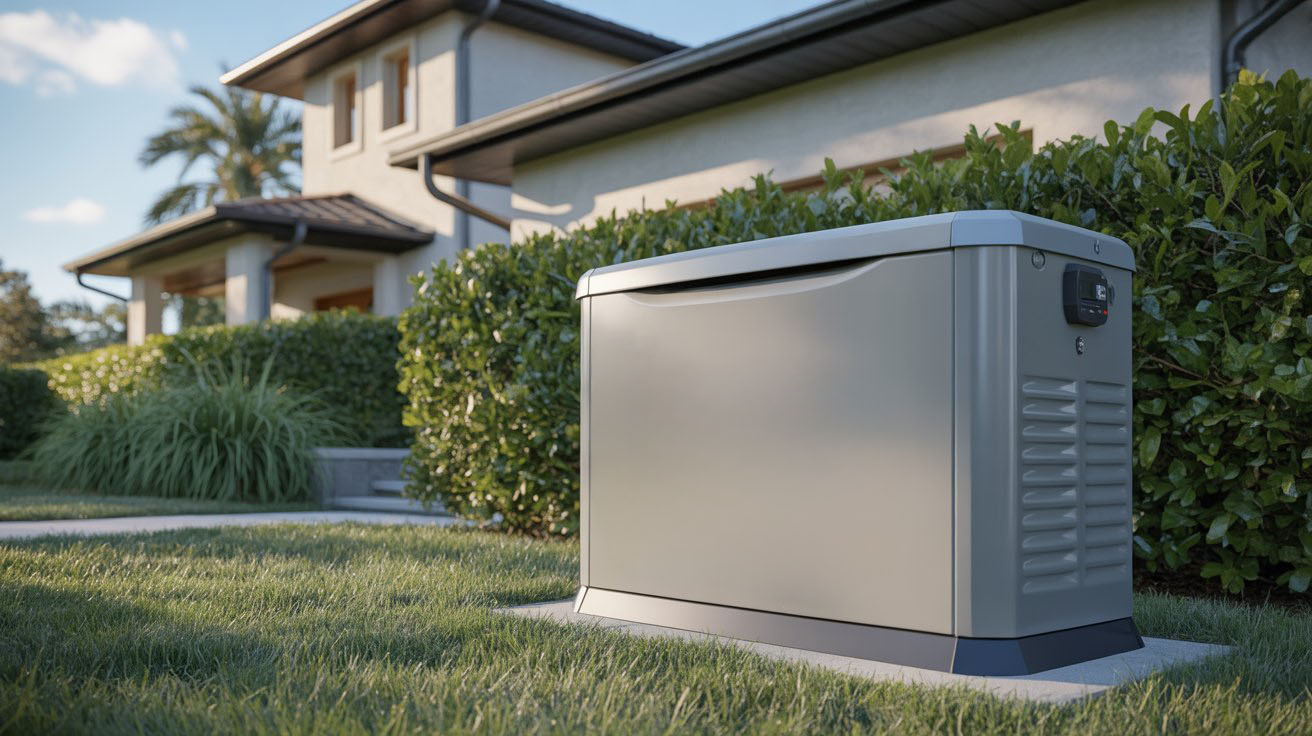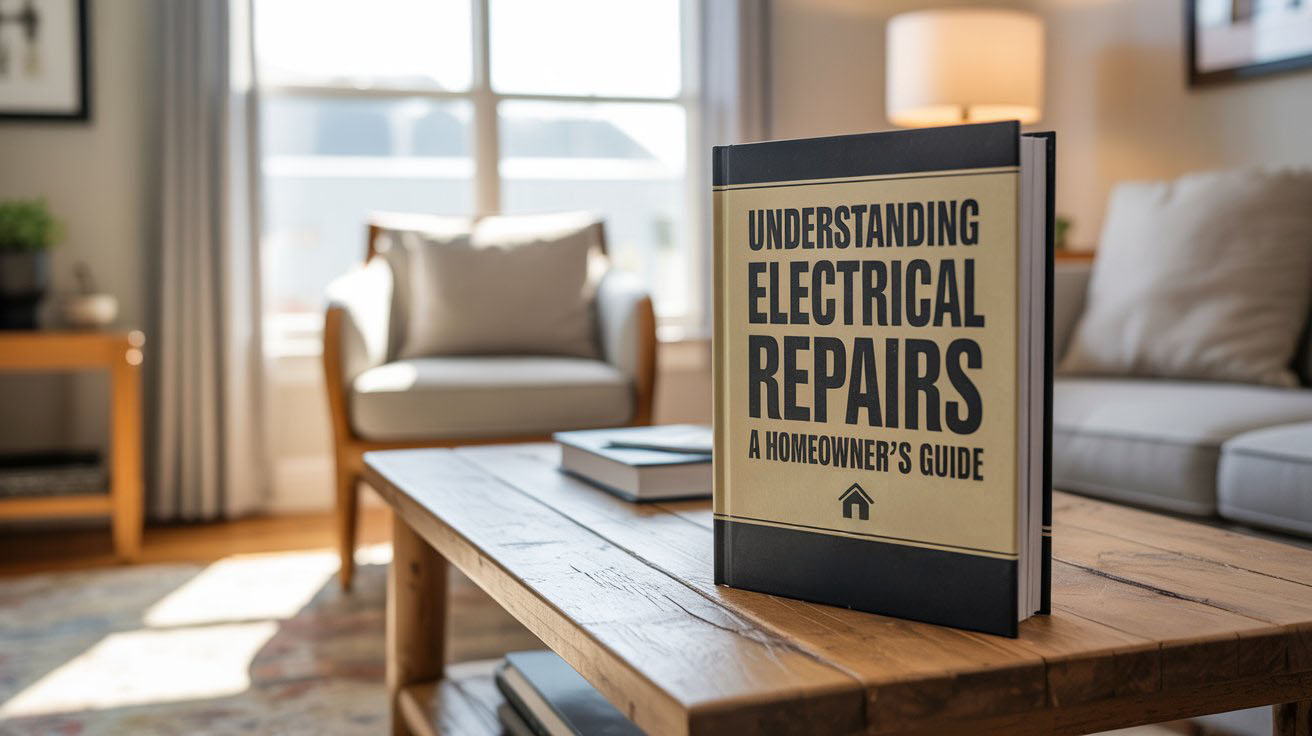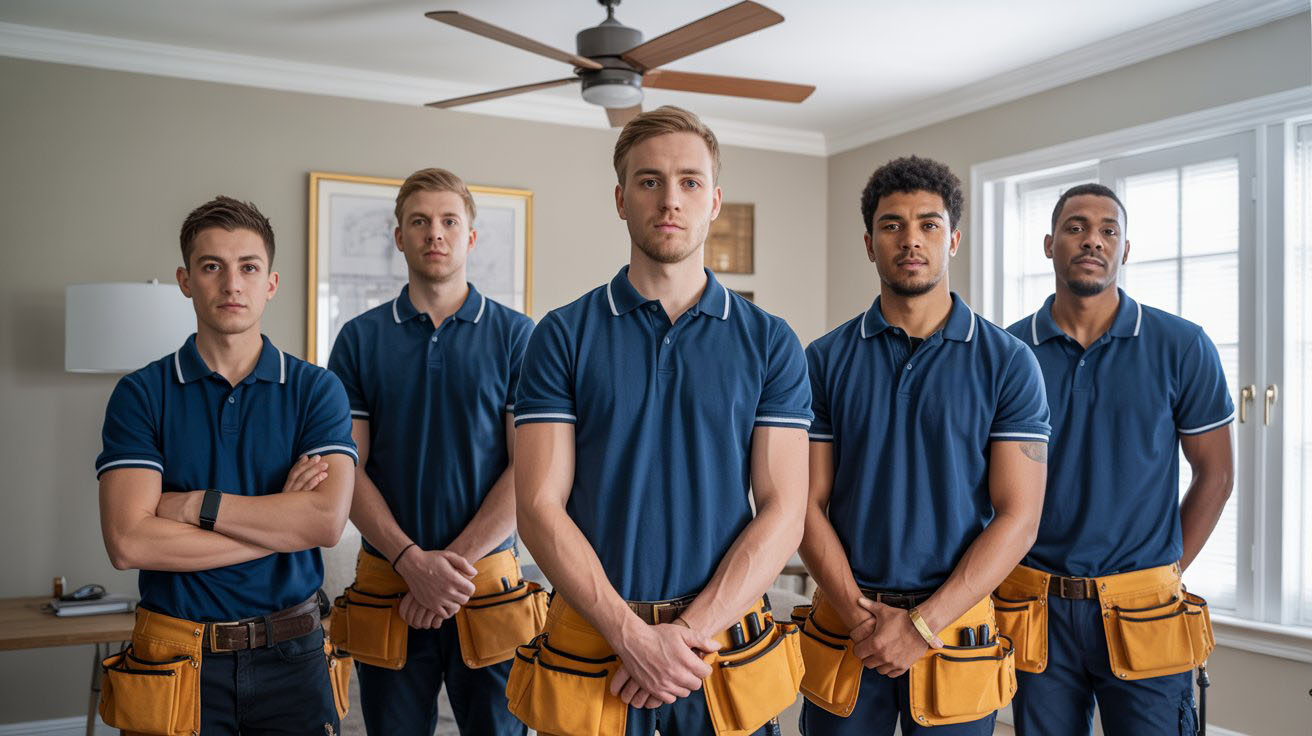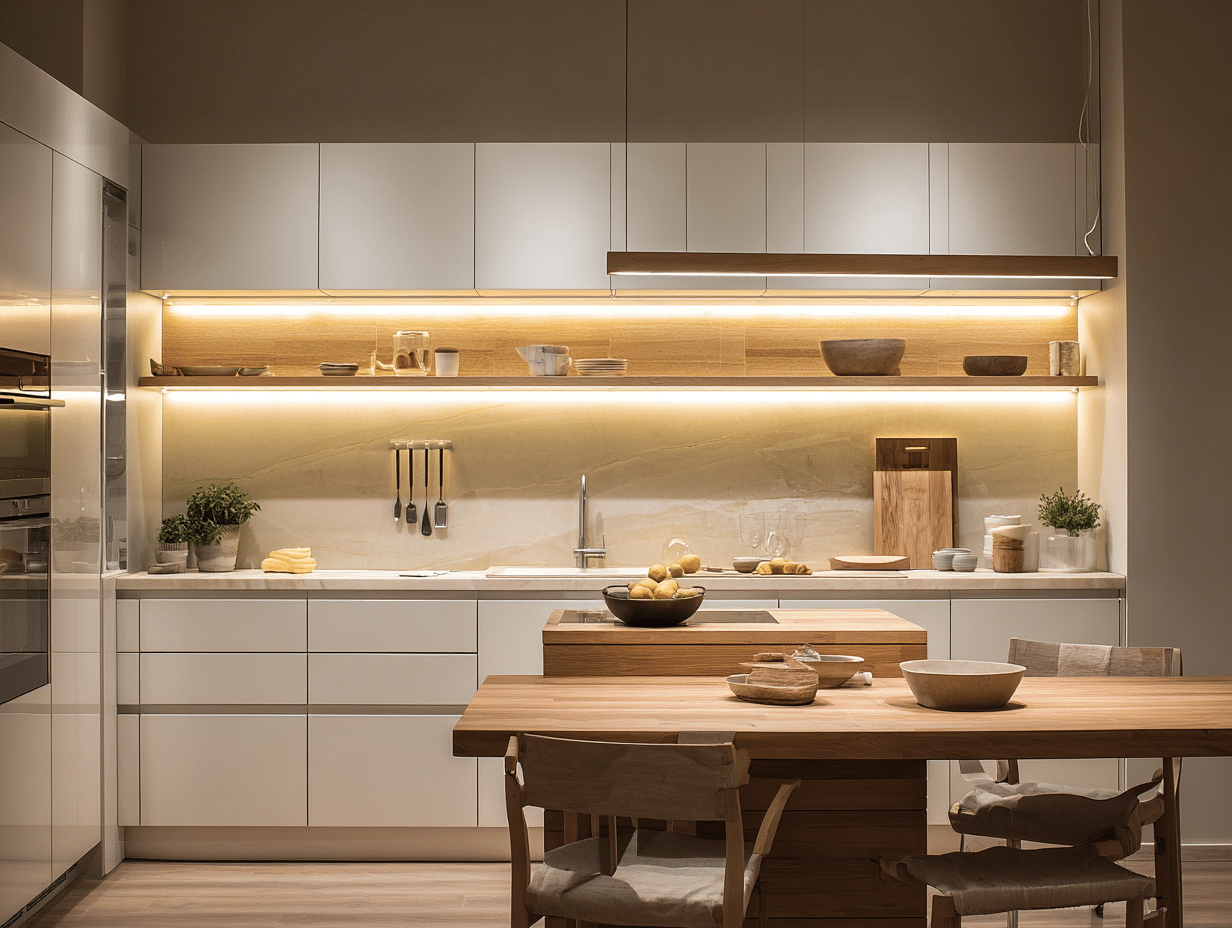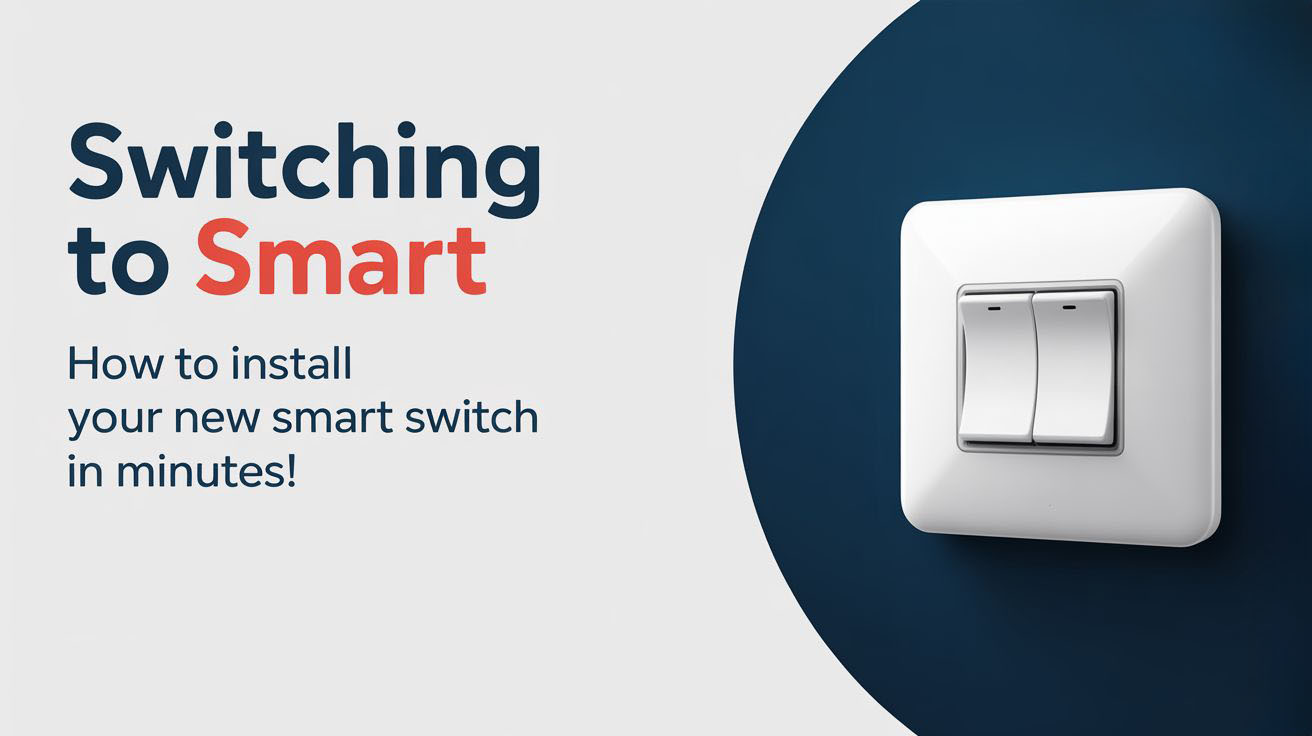Installing indoor lighting can transform your space, making it not only attractive but also functional. Whether you’re updating an old fixture or redesigning an entire room, it’s essential to approach the process with care. This guide provides key tips on how to install indoor lighting like a professional, helping you achieve the perfect ambiance in your home.
Table of Contents
- Understanding Lighting Types
- Choosing the Right Fixtures
- Planning Your Layout
- Basic Installation Steps
- Safety Tips
- Key Takeaways
- FAQs
- Schedule Your Electrical Service Today
Understanding Lighting Types
To begin, it’s crucial to know the different types of lighting. Each serves a unique purpose in your home.
- Ambient Lighting: This provides a general glow, filling the room with a soft, even light.
- Task Lighting: This type of lighting focuses on specific areas for activities such as reading or cooking.
- Accent Lighting: This highlights specific features, such as artwork or architecture.
Understanding these types will help you choose the right fixtures for your space.
Choosing the Right Fixtures
Once you know the types of lighting, it’s time to select fixtures that suit your style and needs. Here are some tips:
- Consider Size: Ensure the fixture fits the space well. A large chandelier can overwhelm a small room, while a tiny pendant may get lost in a larger space.
- Style Matters: Select fixtures that complement your décor. Whether you prefer modern, traditional, or eclectic styles, there are countless options available.
- Energy Efficiency: Look for LED options, which save energy and last longer than traditional bulbs.
Planning Your Layout
Before installation, plan where each fixture will go. Sketch out your room and mark the locations. Keep these tips in mind:
- Use a Lighting Plan: This helps visualize light distribution and ensures balanced illumination.
- Consider Functionality: Think about how you use each space. Focus task lighting where it’s most needed, like over desks or kitchen counters.
- Layer Lighting: Combine ambient, task, and accent lighting for a well-rounded effect.
Basic Installation Steps
Now that you have your plan, it’s time for installation. Follow these steps for a successful setup.
Start by turning off the power to the area where you’ll be working. With the electrical supply turned off, perform the following steps:
- Remove Old Fixtures: Disconnect the wires from the old fixture carefully.
- Connect New Fixtures: Match the wires of the new fixture to the existing wires (black to black, white to white, green or copper for grounding).
- Secure the Fixture: Follow the manufacturer’s instructions to mount the fixture to the ceiling or wall.
- Turn the Power Back On: Once everything is secured, restore the power and test the light.
Safety Tips
Working with electricity can be risky. Keep these safety tips in mind:
- Always Turn Off Power: This is the most crucial step before starting any electrical work.
- Use the Right Tools: Ensure you have insulated tools and wear rubber-soled shoes.
- Check Local Codes: Follow local regulations regarding electrical work to avoid fines or safety hazards.
- Consult a Professional: If you’re unsure at any point, it’s best to hire an experienced electrician.
Key Takeaways
- Know the types of lighting: ambient, task, and accent.
- Select fixtures that are appropriately sized and styled for your space.
- Create a detailed lighting plan for effective installation.
- Follow the basic installation steps carefully to ensure safety.
- Always prioritize safety and consider hiring a professional if needed.
FAQs
How do I choose the correct light bulbs?
Consider the type of light and the required brightness. Look for the right lumens and color temperature that suit your space.
Can I install a light fixture without the help of an electrician?
If you have some electrical knowledge and follow safety measures, you can install basic fixtures. For complex systems, consult a professional.
What tools do I need for installing lighting?
Standard tools include a screwdriver, wire cutters, electrical tape, and a voltage tester. Ensure that all your tools are properly insulated.
How much does it cost to hire an electrician?
The cost varies by region and project scope, but on average, you can expect to pay between $75 to $150 per hour.
How can I make my lighting more energy efficient?
Use LED bulbs, install dimmers, and consider innovative lighting solutions that allow for automation and control.
Schedule Your Electrical Service Today
Are you ready to transform your home’s lighting? Whether you need assistance selecting fixtures or professional installation, a qualified electrician is here to help. Don’t hesitate to contact us today to learn more about our services and ensure a safe and bright home environment.

